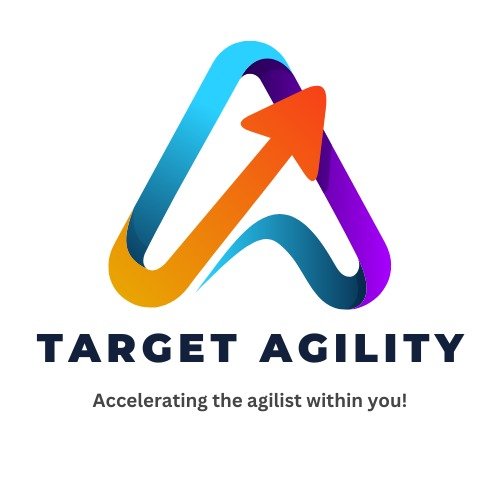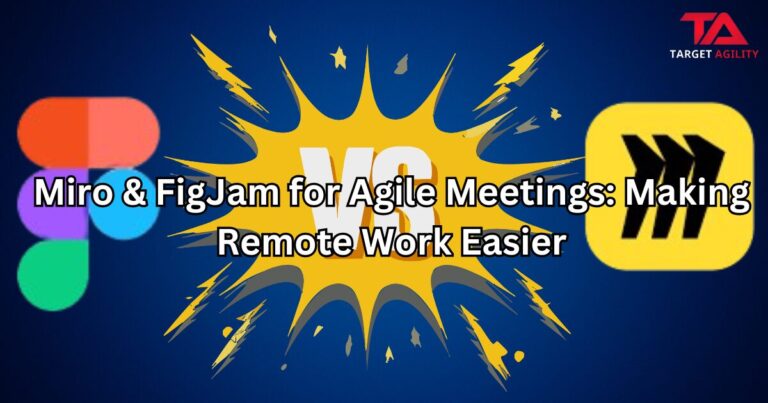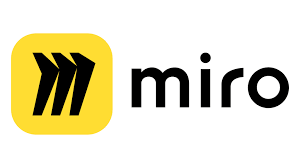More and more teams are working remotely or in hybrid setups, which means running Agile meetings isn’t always as easy as it used to be. Agile depends on teamwork, quick chats, and visuals—but that’s harder when everyone’s working from different places. This is where Miro and FigJam come in. These tools help bring back that sense of working together, even when you’re not in the same room.
Let’s look at how Miro and FigJam help teams run Agile ceremonies like sprint planning, stand-ups, and retrospectives.
What are Miro and FigJam?
Miro and FigJam are online whiteboards that teams can use together in real time. You can add sticky notes, draw, write comments, and organize ideas—all on one shared board.
Miro is packed with features and templates, making it great for detailed planning and big projects. FigJam, made by the creators of Figma, is simple, fun, and perfect for quick ideas and fast teamwork.
Using Them for Sprint Planning
Sprint planning is when your team decides what work to do in the next sprint. This kind of meeting needs clear communication and teamwork, and both Miro and FigJam make that easy.
You can use templates like Kanban boards or task maps to see your backlog, estimate how long things will take, and sort tasks into your sprint. Miro connects with tools like Jira, so it’s easy to turn your notes into actual work items. FigJam is great if you want to keep things simple and focus on goals without too much setup.
Helping with Daily Stand-ups
Daily stand-ups are quick check-ins where everyone shares what they’re working on. Even though they’re short, using a tool like Miro or FigJam can make them better—especially for remote teams.
You can create a simple board showing what each person is doing, any blockers, and how the sprint is going. It gives everyone a clear view of the work and helps the team stay in sync.
Making Retros More Fun and Engaging
Retrospectives are a key part of Agile. They help teams look back at what went well and what could be better. But online retros can sometimes feel boring or rushed. Miro and FigJam help change that.
They have fun templates like Start/Stop/Continue or Mad/Sad/Glad. Everyone can add sticky notes, vote on important topics, and write action items—all right on the board. This makes retros feel more like real conversations.
Why Teams Like These Tools
Agile teams love Miro and FigJam because:
- Everyone can work together in real time
- They come with templates that save time
- They’re easy to use, even for beginners
- They work well with other tools like Jira and Slack
- They make meetings more fun and visual
Which One Should You Use?
Both are great, but they’re a bit different. Use Miro if you need more structure and advanced features. It’s perfect for bigger teams or complex work. Choose FigJam if you want something fast, light, and fun. It’s ideal for quick collaboration.
Some teams even use both—FigJam for idea sharing and Miro for planning and tracking.
Conclusion
Agile is all about working together, learning as a team, and staying flexible. Miro and FigJam help teams stick to those values, even when working remotely. They turn regular online meetings into useful, creative sessions that actually get results.
Whether you’re planning your next sprint or wrapping up the last one, these tools make Agile work easier and more fun.











